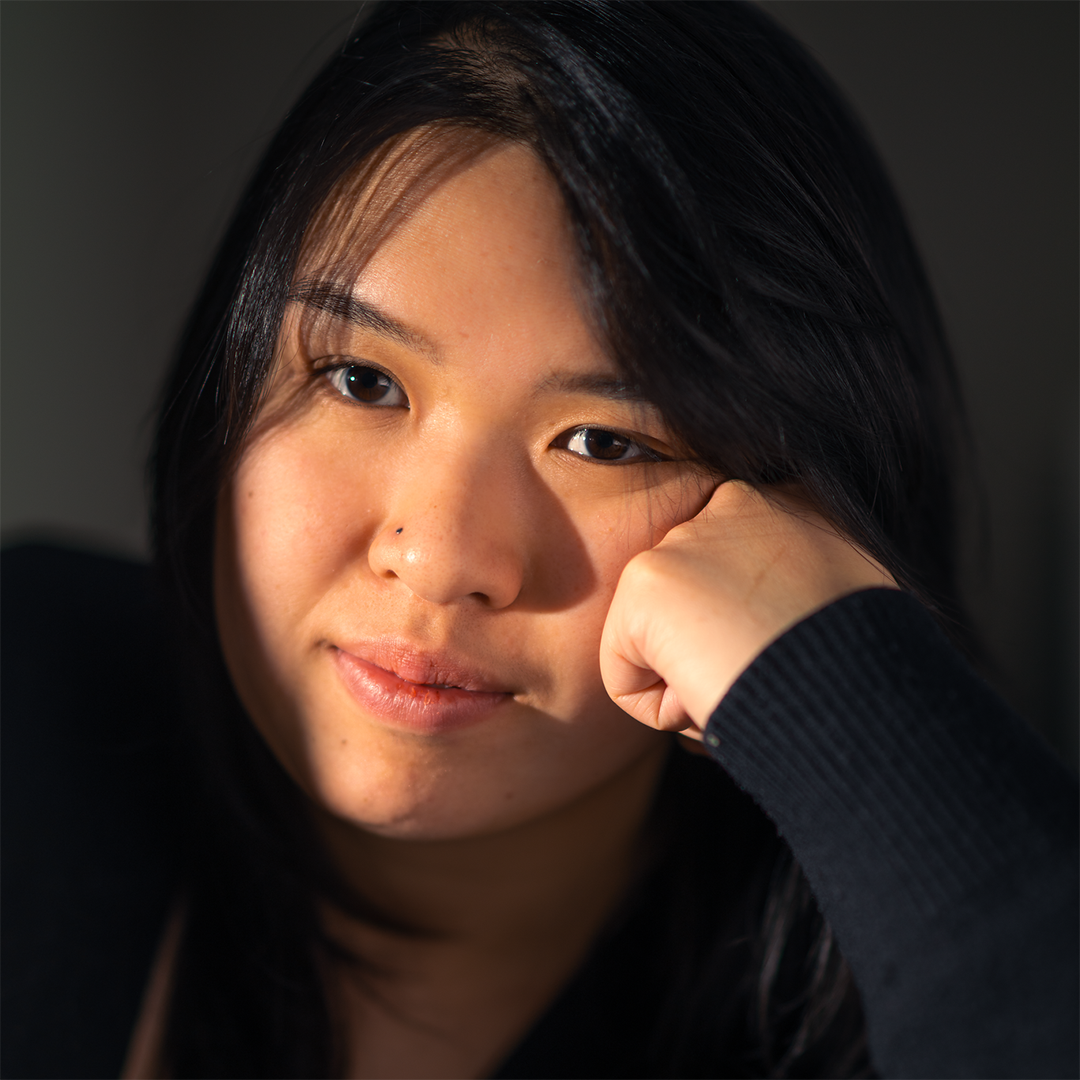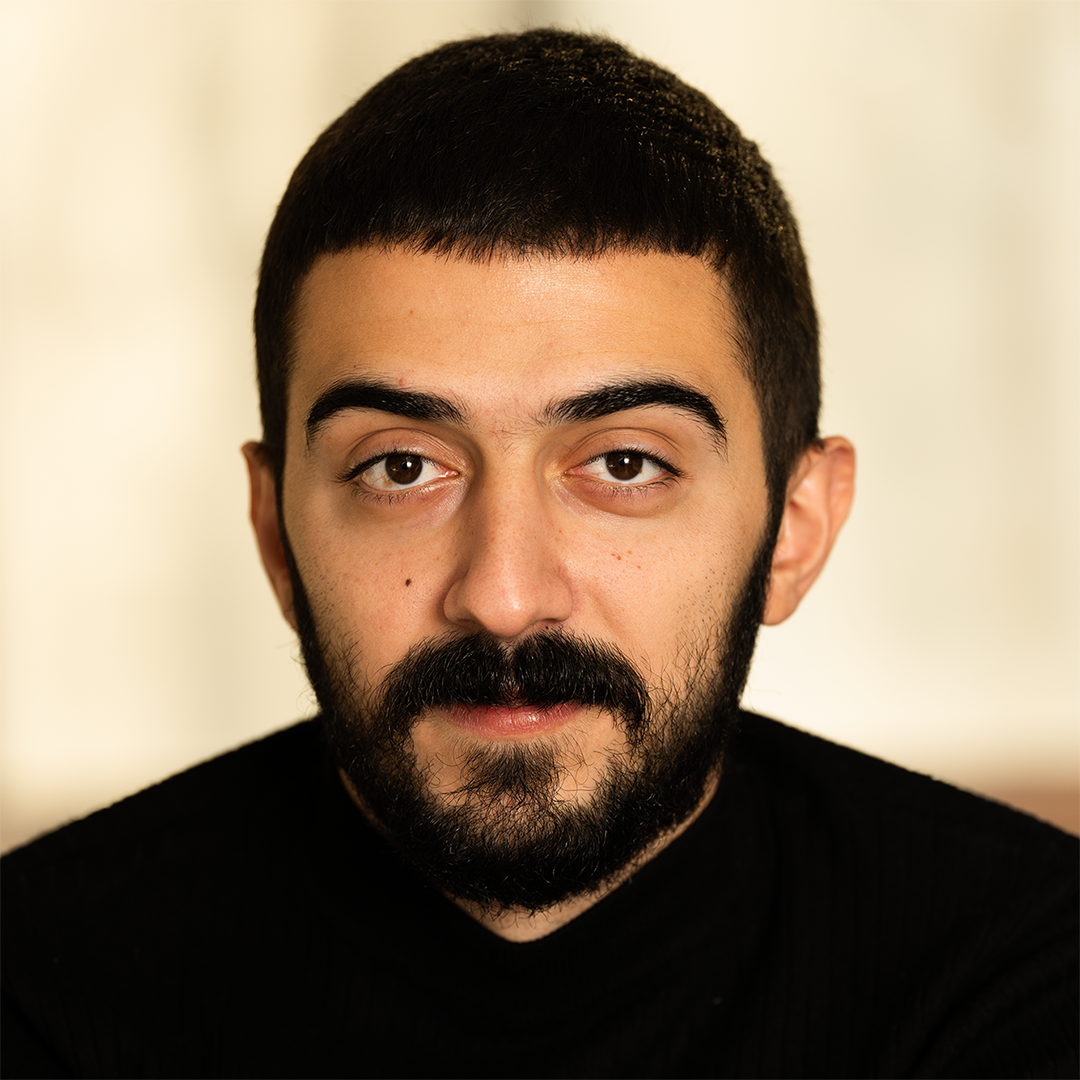An identical twin, Michael Cohanpour got into neuroscience because he was curious about his brain differed from his brother's. Now this Long Islander studies curiosity itself. A member of the Gottlieb lab (neuroscience) and Aly lab (psychology), he scans people as they try to identify distorted images. The graduate student then interprets their brain activity using statistical models. He hopes that a better understanding of our innate hunger for information will one day inform not only educational practices but also approaches to treating conditions such as obsessive compulsive disorder. Photos by Thomas Barlow.
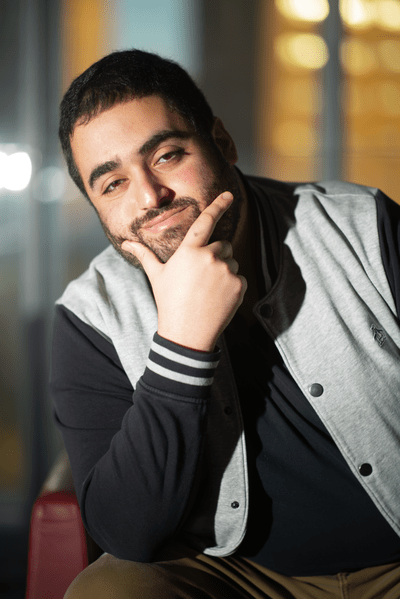
Cohanpour

This distorted image (top) is designed to trigger curiosity about the identity of an object (seahorse, bottom).
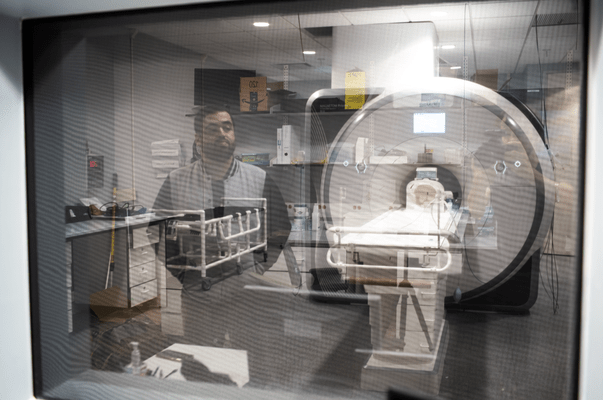
This functional magnetic resonance imagine (fMRI) machine records brain activity.
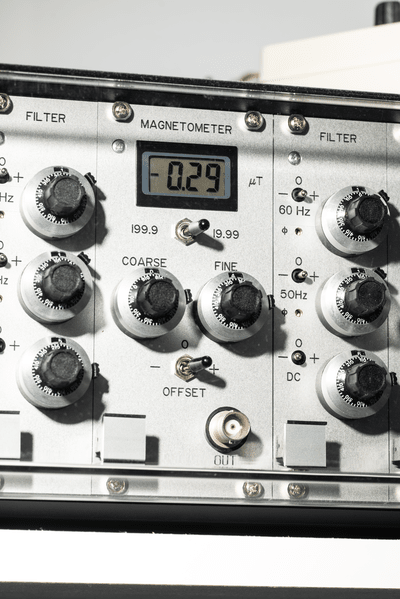
This magnetometer measures the strong magnetic fields produced by fMRI.

Cohanpour uses equations to quantify curiosity.
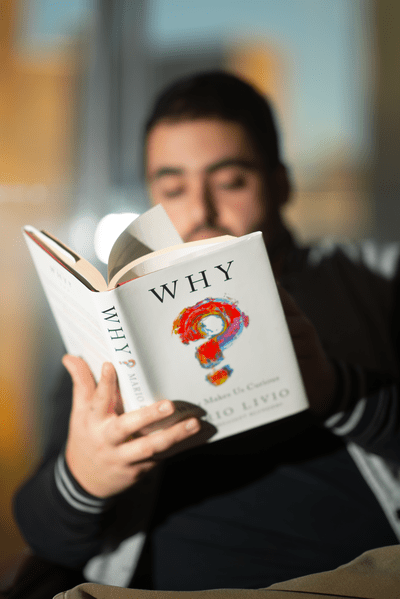
Cohanpour reads a book featuring work by his mentor, Jacqueline Gottlieb.

